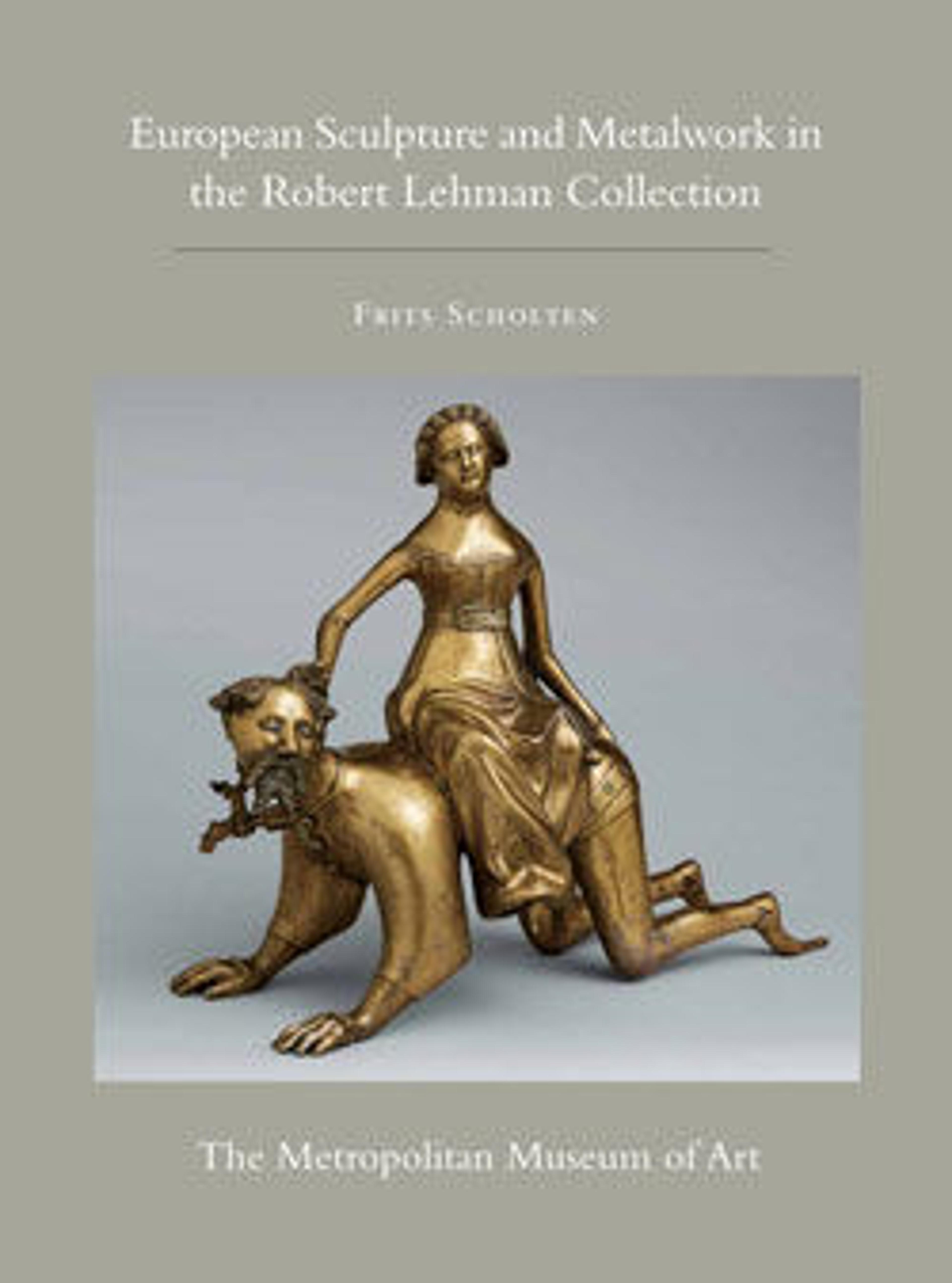Model for a portrait medal of Francesco Redi
This rare wax model conveys the extraordinary refinement of Soldani’s art. It illuminates the precision and clarity of the carved model from which copies in metal would have been cast. Working in hard beeswax colored white with gypsum, the artist captured the intricacies of the sitter’s physiognomy and hair with great virtuosity. The wax model is the true original; the casts made from it, no matter how fine, never quite reach the same level of quality. Wax-on-slate models for medals are relatively rare, and there are few extant wax modelli by Massimiliano Soldani.
The obverse (1975.1.1320a) portrays Francesco Redi, who was court phyisician to the grand dukes of Tuscany, and was also a poet, philospher and naturalist, who played a signficant role in the scientific and cultural world of seventeenth-century Florence. A pioneer in the field of medical research, he is known as the founder of experimental biology and modern parasitology.
The image of a galley on a turbulent sea, shown on the reverse (1975.1.1320b), symbolizes a strong soul resisting adversity, while the four stars represent the "Medici planets," four satellites of Jupiter discovered by Galileo and named after Cosimo II de’ Medici.
The obverse (1975.1.1320a) portrays Francesco Redi, who was court phyisician to the grand dukes of Tuscany, and was also a poet, philospher and naturalist, who played a signficant role in the scientific and cultural world of seventeenth-century Florence. A pioneer in the field of medical research, he is known as the founder of experimental biology and modern parasitology.
The image of a galley on a turbulent sea, shown on the reverse (1975.1.1320b), symbolizes a strong soul resisting adversity, while the four stars represent the "Medici planets," four satellites of Jupiter discovered by Galileo and named after Cosimo II de’ Medici.
Artwork Details
- Title:Model for a portrait medal of Francesco Redi
- Artist:Massimiliano Soldani (Italian, Montevarchi 1656–1740 Montevarchi)
- Date:1677
- Medium:Wax on slate.
- Dimensions:Diameter (A): 2 5/8 in. (6.6 cm)
Diameter (B): 2 5/8 in. (6.7 cm) - Classification:Medals
- Credit Line:Robert Lehman Collection, 1975
- Object Number:1975.1.1320 a,b
- Curatorial Department: The Robert Lehman Collection
More Artwork
Research Resources
The Met provides unparalleled resources for research and welcomes an international community of students and scholars. The Met's Open Access API is where creators and researchers can connect to the The Met collection. Open Access data and public domain images are available for unrestricted commercial and noncommercial use without permission or fee.
To request images under copyright and other restrictions, please use this Image Request form.
Feedback
We continue to research and examine historical and cultural context for objects in The Met collection. If you have comments or questions about this object record, please contact us using the form below. The Museum looks forward to receiving your comments.
